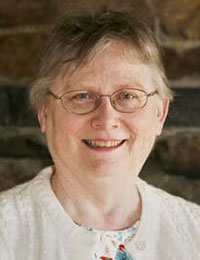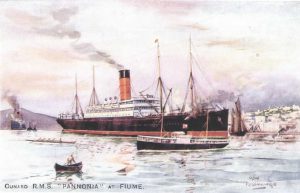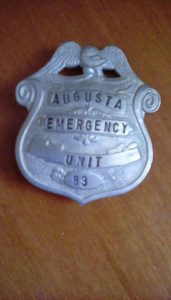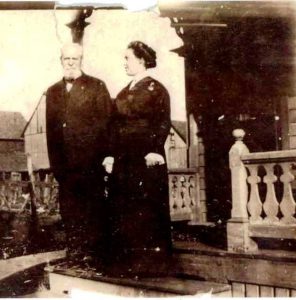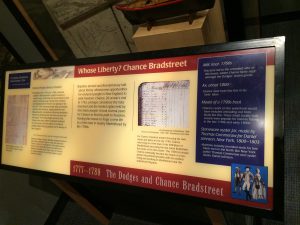[Editor’s note: This blog post originally appeared in Vita Brevis on 6 January 2016.]
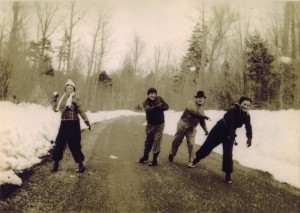
Coming from a family of active amateur photographers, the (still) new digital age of photography has significantly changed the way I look at and convey my world, its events, my life, and my family. Gone are the days of, “Oh, no, I just got to the end of a 36-exposure roll and missed the perfect picture I’ll never get again.” With three expensive cameras sitting in my closet collecting dust, like many of us I now use my smart phone for most of my photographic pursuits. This is not such a bad thing: it’s always in my pocket ready to get, as DeWitt Jones says, “not just a good frame, but a great frame.” Continue reading ICYMI: A thousand words

